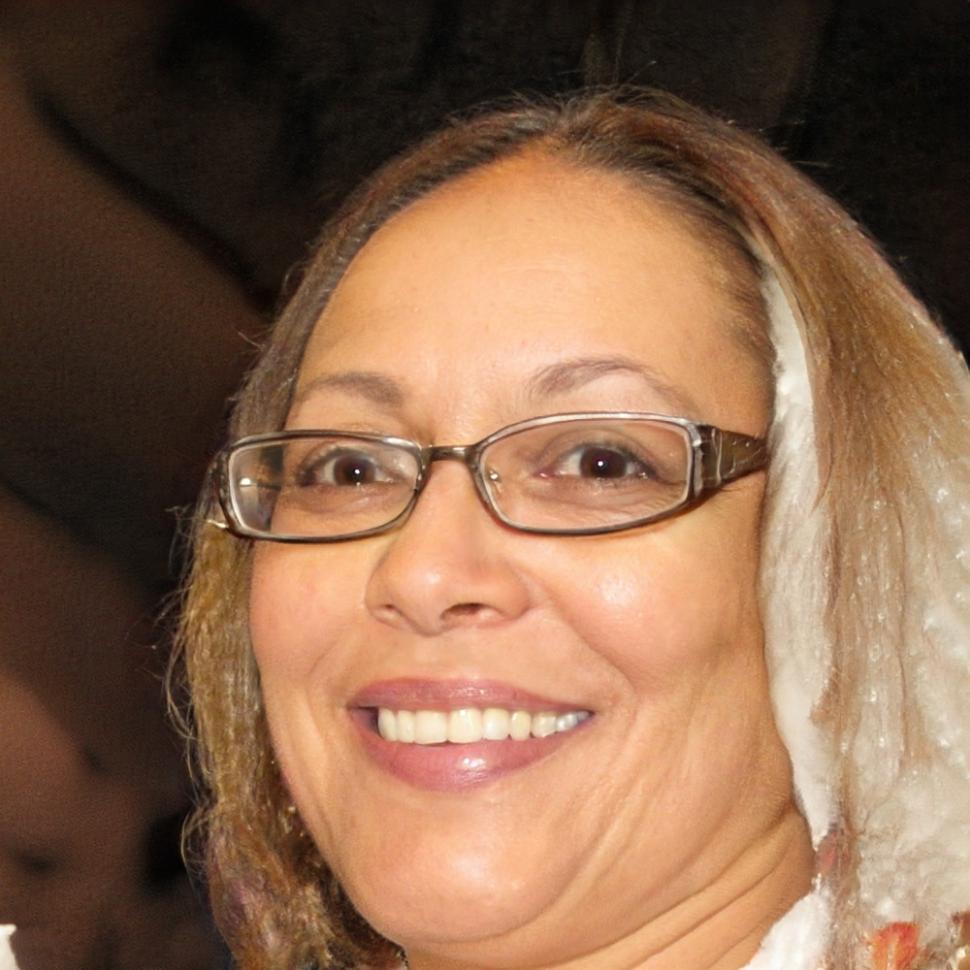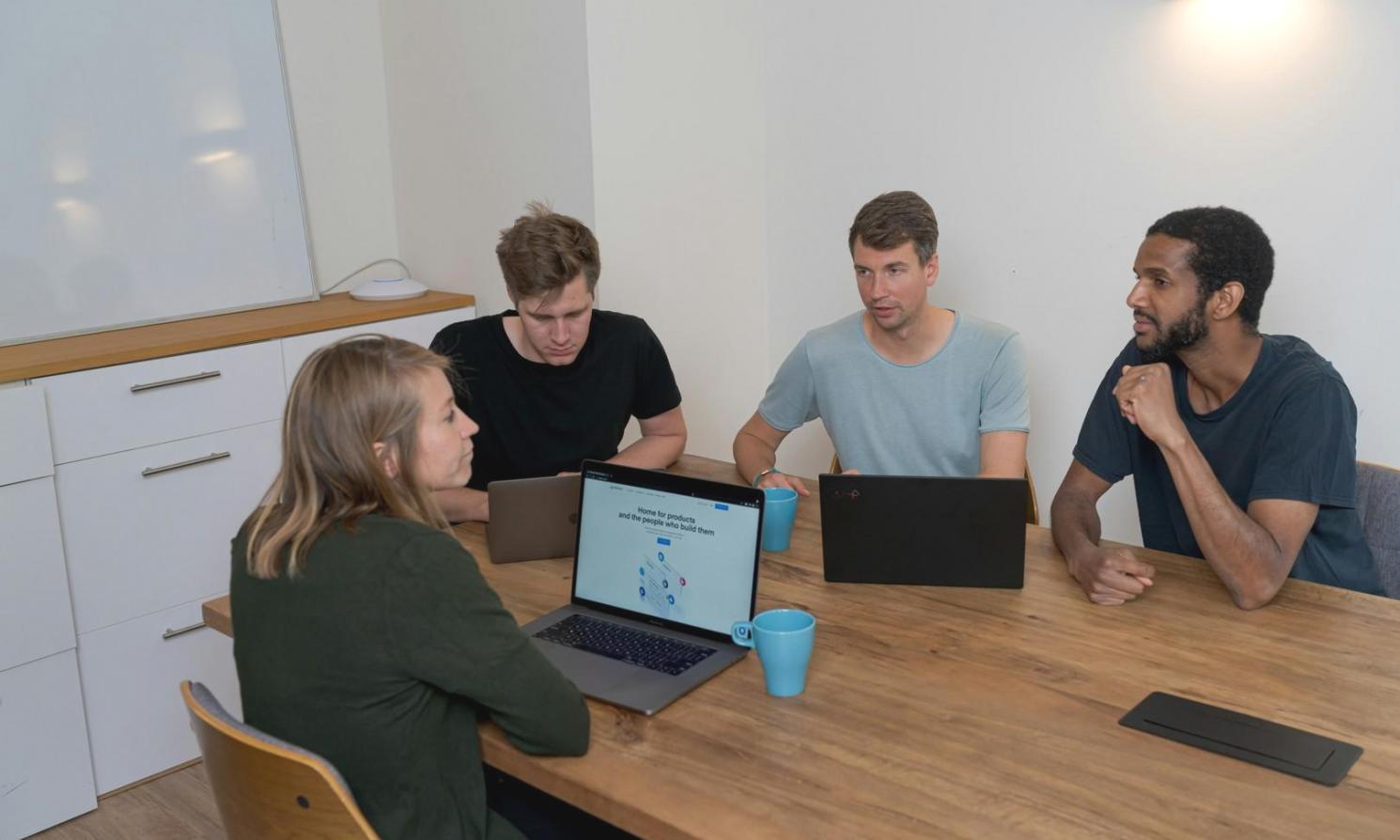Teaching Financial Clarity Through Real Experience
We don't believe in pretending money management is simple when it's not. Every instructor here has spent years working through actual financial analysis scenarios—the messy ones where numbers don't add up at first glance and balance sheets need serious detective work.
Our team brings together professionals who've analyzed everything from small business cash flows to complex investment portfolios. What we share with students comes from real-world practice, not just textbook theory. And honestly, that makes all the difference when you're trying to understand why financial ratios matter or how to spot trends in market data.
We're based in Townsville, but our students connect with us from across Australia. Classes start in September 2025, giving you plenty of time to think about whether this is the right fit for where you want to go.

How We Actually Teach This Stuff
Financial analysis isn't about memorizing formulas. It's about building judgment through practice and learning to ask better questions about the numbers in front of you.
Real Cases, Not Made-Up Scenarios
We use anonymized versions of actual financial situations our instructors have encountered. Students work through the same ambiguities and incomplete information that professionals face every day. It's harder than textbook problems, but it prepares you for actual work.
Multiple Perspectives on Every Problem
Two analysts can look at identical data and reach different conclusions—both valid. We teach you to build your own analytical framework while understanding how others might interpret the same information differently. Critical thinking beats rote memorization every time.
Progress at Your Own Speed
Some students grasp ratio analysis immediately. Others need more time with cash flow statements. Our program adapts to where you are, with optional deep-dive sessions and one-on-one support when concepts aren't clicking. No one gets left behind because they needed an extra week on a tough topic.
Continuous Feedback, Not Just Final Grades
You'll get detailed comments on your analysis work throughout the program. We point out where your reasoning is strong and where it needs refinement. Learning happens through iteration, not through discovering mistakes after it's too late to improve.
The People Behind Your Learning
Our instructors don't just teach financial analysis—they've lived it. Each brings a different background and perspective, which means you'll see how these skills apply across various contexts and industries. Here are two of the people you'll work with closely during the program.

Verity Ashdown
Lead Instructor, Financial Fundamentals
Verity spent twelve years analyzing corporate financial statements for a mid-sized investment firm before she realized she enjoyed explaining the work more than doing it. She's particularly good at breaking down why certain ratios matter more in some industries than others—something that confused her for years when she was starting out.
Her teaching style is direct but patient. She'll tell you when your analysis has logical gaps, but she'll also walk you through how to fix them. Students appreciate that she shares her own early mistakes, which makes the learning process feel less intimidating.

Fiona Wickstead
Senior Instructor, Applied Analysis
Fiona worked as a financial controller for various Queensland businesses before joining our teaching team in 2023. She brings a practical perspective on how analysis actually gets used in business decisions. Her background includes everything from manufacturing cost analysis to retail financial planning, so she's seen financial fundamentals applied across diverse situations.
What Working With Us Actually Looks Like
Financial analysis education works best when it mirrors how professionals actually develop their skills—through practice, feedback, and gradual complexity. Here's how we structure that process across our program starting September 2025.
Initial Assessment and Foundation Building
We start by figuring out what you already know and where the gaps are. No judgment—everyone comes in with different backgrounds. From there, we build core skills in reading financial statements and understanding basic analytical concepts. This phase typically takes 6-8 weeks, depending on your starting point.
Applied Practice With Increasing Complexity
Once fundamentals are solid, you'll work through progressively challenging analysis scenarios. We introduce complications gradually—missing data, conflicting information, time pressure. You'll submit analysis work weekly and receive detailed feedback within 48 hours. This is where most of the learning happens, and it usually spans 3-4 months.
Specialization and Portfolio Development
In the final phase, you choose areas to explore more deeply based on your interests—maybe industry-specific analysis or particular types of financial modeling. You'll build a portfolio of work that demonstrates your analytical capabilities. This takes another 2-3 months and results in something concrete you can show potential employers.
Ongoing Support After Program Completion
Learning doesn't stop when the formal program ends. We offer quarterly review sessions where past students can bring questions about financial scenarios they're encountering in their work. This continued access helps you apply what you've learned as your career develops.
